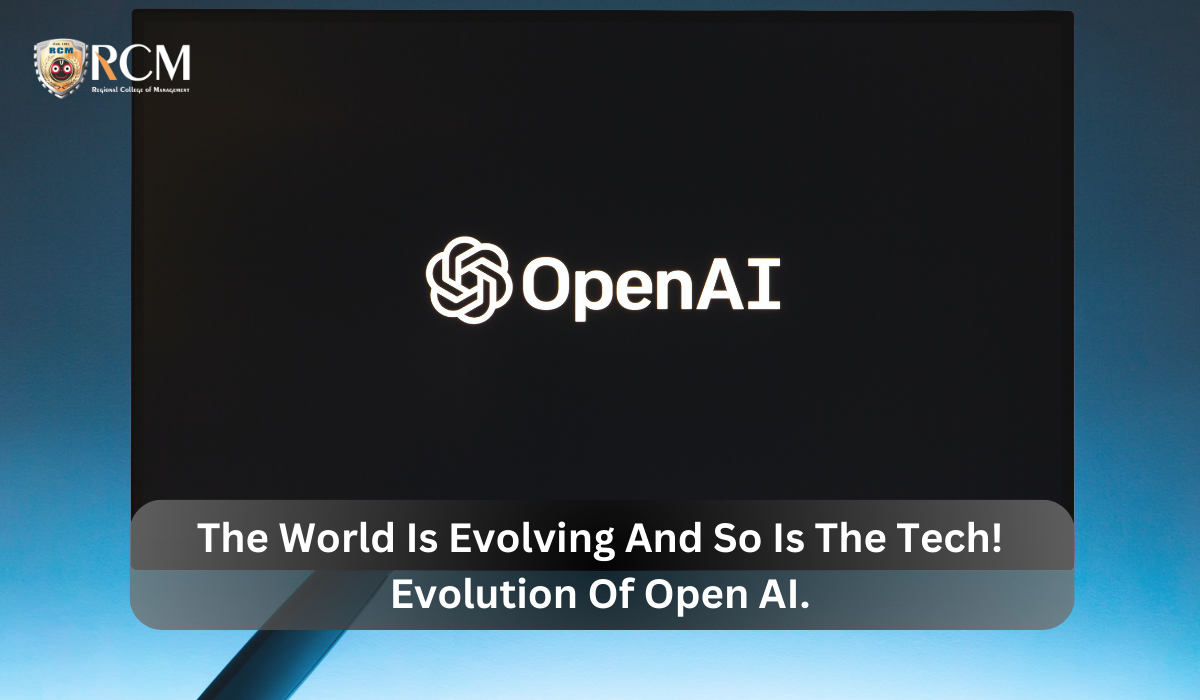Open AI Announces The GPT-4 Successor To ChatGPT!
As the recently announced news, the Open AI releases the GPT-4 successor to ChatGPT. The most recent version of the wildly successful artificial intelligence chatbot ChatGPT, GPT-4, was just released by Open AI.
The new model can respond to images by writing captions and descriptions and, for example, generate recipe suggestions from images of ingredients. Eight times as many words as ChatGPT can be processed by it, up to 25,000. Since ChatGPT’s debut in November 2022, millions of people have used it.
What Has Been Updated In GPT-4?

GPT-4 was created to increase model “alignment,” or the capacity to carry out intent, while also improving model veracity and producing output that is less obscene or hazardous.
Performance Enhancements
As one might anticipate, GPT-4 models outperform GPT-3.5 models in terms of the veracity of the responses. With GPT-4 scoring 40% higher than GPT -3.5 on OpenAI’s internal factual performance benchmark, the number of “hallucinations,” where the model commits factual or reasoning errors, is lower.
Additionally, it makes a system more “steerable,” or more capable of altering its actions in response to user requests. You could instruct it to write, for instance, in a different tone, style, or voice. Attempt prompts that begin, “You are a garrulous data expert,” or “You are a terse data expert,” and have it walk you through a data science concept. More information on creating effective prompts for GPT models can be found here.
The model’s adherence to guardrails is another improvement. It is better at declining requests to do things that are wrong or unsavory. Popular requests for it include writing songs, poems, marketing copy, computer code, and assistance with homework, despite teachers’ advice that students shouldn’t use it.
ChatGPT uses the internet as it existed in 2021 as its knowledge base and responds to queries in a language that is as natural and human-like as possible. It can also imitate other writing styles, such as those of authors and songwriters.
There are worries that it could replace a lot of the tasks currently performed by humans in the future. According to Open AI, GPT-4’s safety features took six months to develop, and the system was trained using user feedback. However, it issued a warning that it might still be prone to disseminating false information.
GPT-4 will first be accessible to ChatGPT and, subsequently, subscribers who pay $20 monthly for a tier of service. Microsoft’s Bing search engine platform is already powered by it. The tech giant gave Open AI a $10 billion investment.
In a live demo, it produced a response to a challenging tax question, but there was no way to validate it. GPT-4 is a form of generative artificial intelligence, much like ChatGPT. Predictive text and algorithms are used by generative AI to produce fresh content in response to prompts.
According to Open AI, GPT-4 has “more sophisticated reasoning abilities” than ChatGPT. For instance, the model can locate open meeting times for three schedules.
Additionally, Open AI announced new collaborations with the visually impaired app Be My Eyes and the language learning app Duolingo to develop AI Chatbots that can communicate with users in natural language.
But just like its predecessors, Open AI has cautioned that GPT-4 is still not entirely trustworthy and may “hallucinate”—a condition in which AI fabricates information or uses erroneous reasoning.
Source- BBC India



















